Today, I want to introduce you to a powerful framework that can transform the way we approach disability inclusion in the workplace: the Disability Inclusion Compass. In this article, we will explore the importance of disability inclusion, and how this compass can guide organizations towards creating truly inclusive environments.
Disability inclusion is not just a matter of compliance; it is a strategic imperative. By embracing diversity and creating an inclusive culture, organizations can tap into the unique talents and perspectives of individuals with disabilities, driving innovation, productivity, and employee satisfaction.
The Disability Inclusion Compass serves as a roadmap for organizations on their journey towards disability inclusion. It encompasses four key elements that work together to create an inclusive environment:
- Policies and Practices: This element focuses on the development and implementation of policies, procedures, and practices that promote accessibility, accommodation, and equal opportunities for individuals with disabilities.
- Workplace Culture: Creating a culture of inclusion involves fostering an environment where all employees feel valued, respected, and empowered to contribute their best. It entails promoting awareness, empathy, and understanding among colleagues.
- Talent Acquisition and Development: Organizations need to actively seek out diverse talent and ensure fair and inclusive recruitment practices. They should also provide opportunities for professional growth and advancement for individuals with disabilities, enabling them to reach their full potential.
- External Engagement: Engaging with external stakeholders, such as customers, suppliers, and the wider community, is essential for promoting disability inclusion. By collaborating with disability advocacy groups and organizations, businesses can amplify their impact and foster a more inclusive society.
Now that we understand the components of the Disability Inclusion Compass, let’s explore some practical steps organizations can take to implement it:
- Assess and Audit: Begin by assessing your current policies, practices, and workplace culture to identify areas of strength and opportunities for improvement. Conduct an audit to evaluate accessibility and inclusion across various aspects of your organization.
- Leadership Commitment: Leadership plays a crucial role in driving disability inclusion. Ensure that senior leaders champion this cause, setting a clear vision and allocating resources for disability inclusion initiatives.
- Training and Awareness: Educate employees at all levels about disability inclusion, including the importance of diverse perspectives and the value of accommodations. Provide training on disability etiquette and etiquette for interacting with colleagues with disabilities.
- Accessibility and Accommodations: Make your physical and digital environments accessible to all. Consider providing reasonable accommodations, such as assistive technologies or modified workstations, to ensure employees with disabilities can fully participate.
- Employee Resource Groups: Establish employee resource groups focused on disability inclusion. These groups can provide support, networking opportunities, and a platform for employees to share their experiences and insights.
- Partnerships and Collaborations: Engage with disability-focused organizations and advocate for disability inclusion beyond your own organization. Collaborate on initiatives, share best practices, and learn from their expertise.
- Measurement and Accountability: Develop metrics to measure the progress of your disability inclusion initiatives. Regularly evaluate and report on your organization’s performance to ensure transparency and accountability.
Remember, disability inclusion is an ongoing journey, and the Disability Inclusion Compass can serve as your guide. Embrace the unique strengths and contributions of individuals with disabilities, and together, we can create workplaces that are truly inclusive and empowering for everyone.
I hope this introduction to the Disability Inclusion Compass has sparked your interest and inspired you to take action. In the coming weeks, we will explore each element of the compass in more detail and share practical tips and success stories.
If you have any questions or would like to share your experiences with disability inclusion, please feel free to reach out to us.

